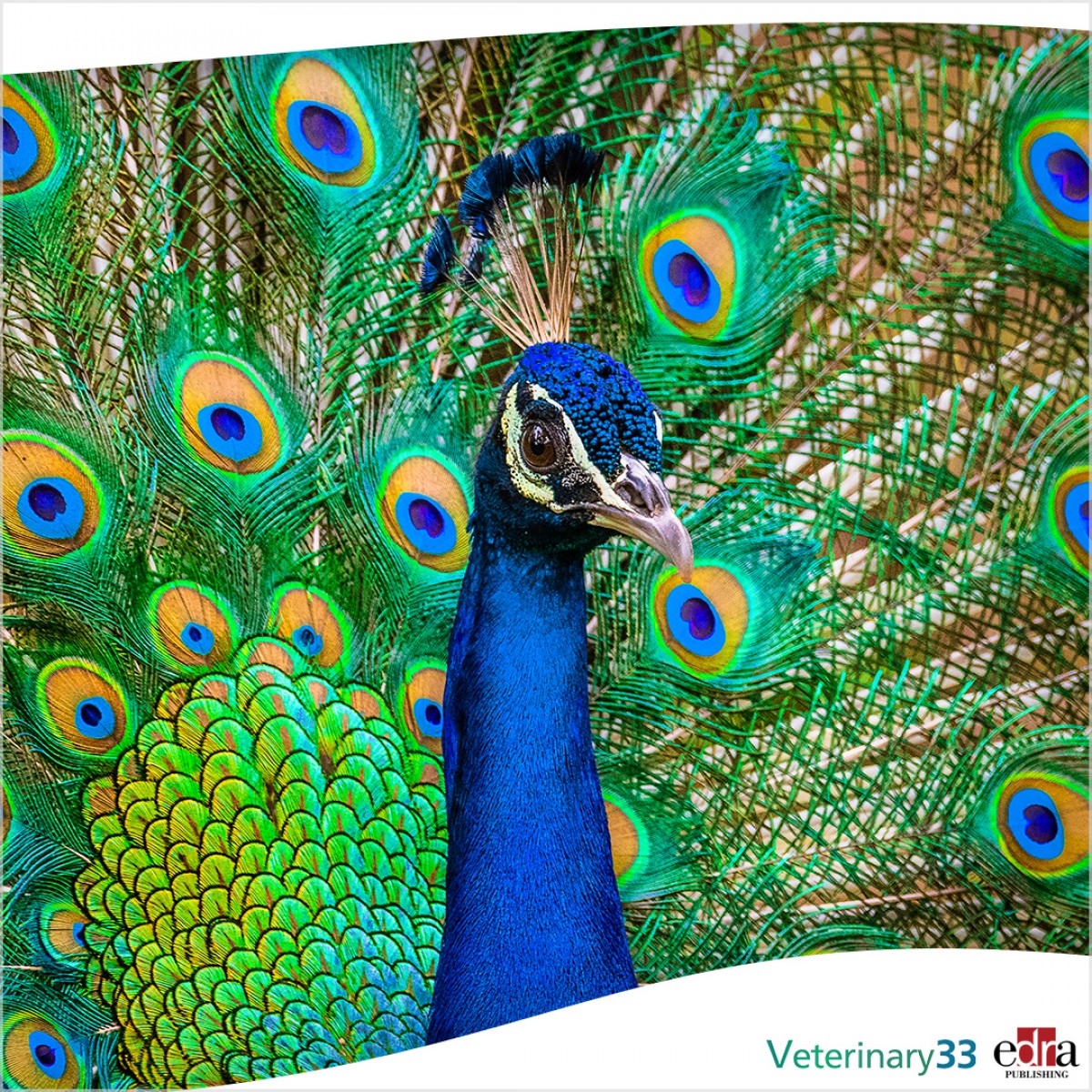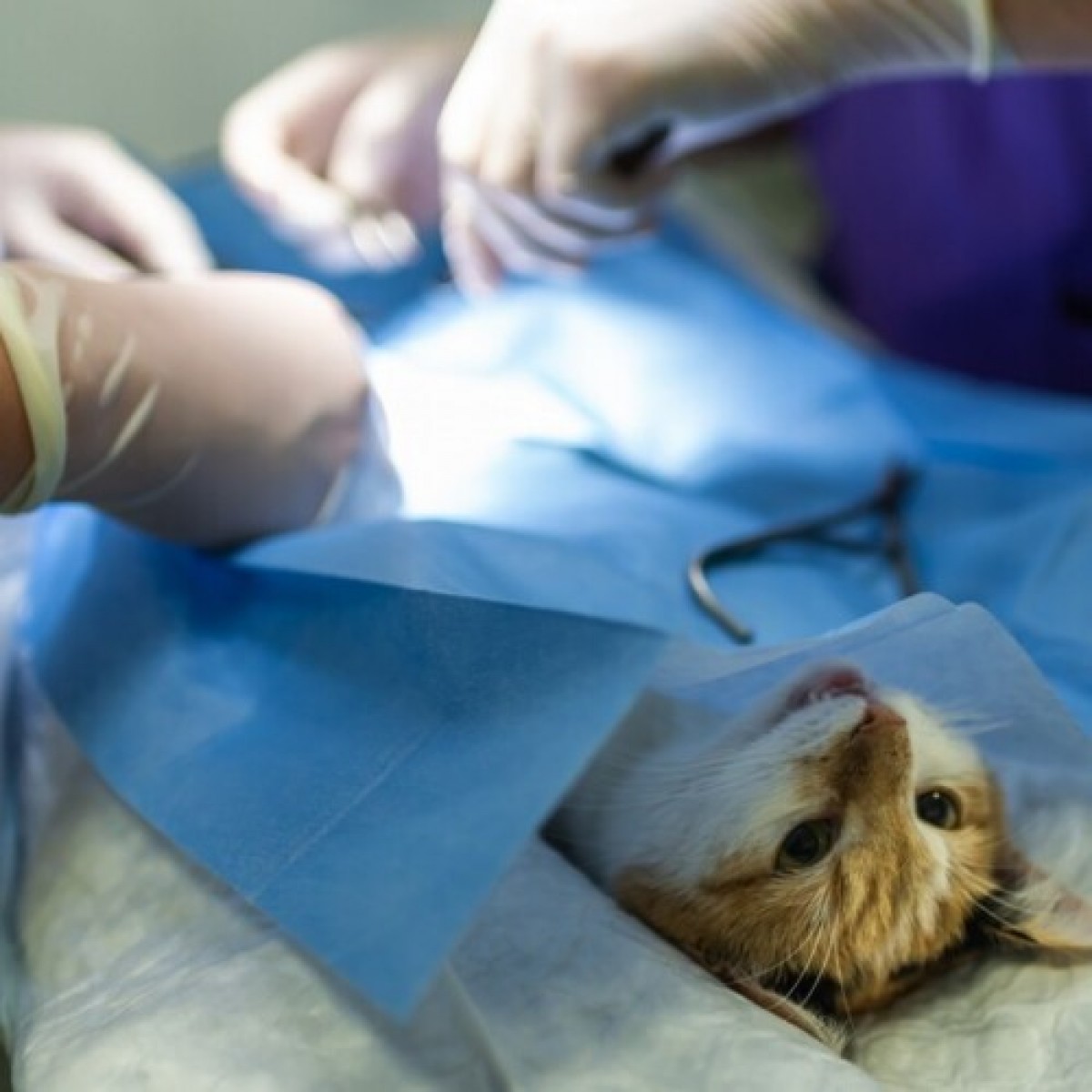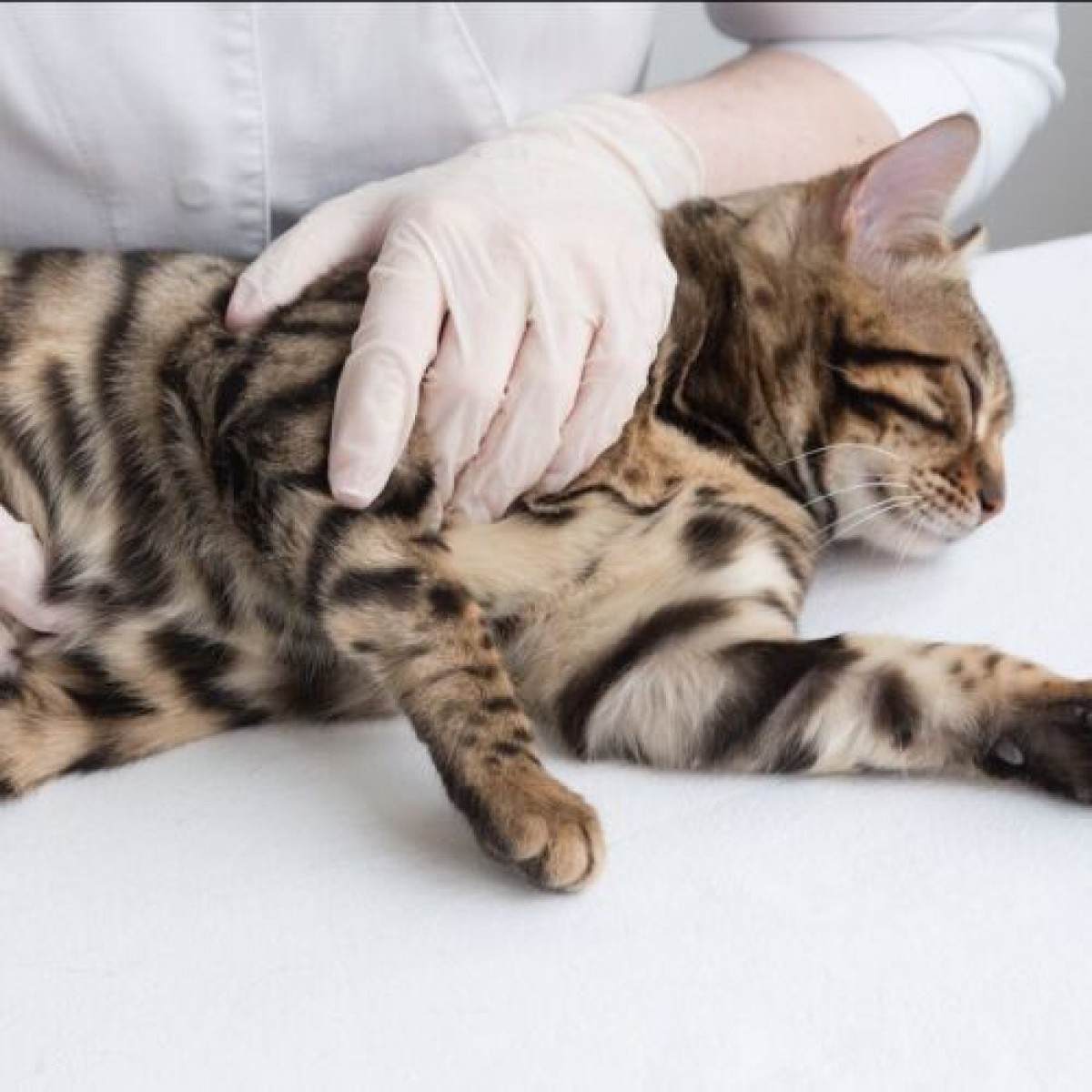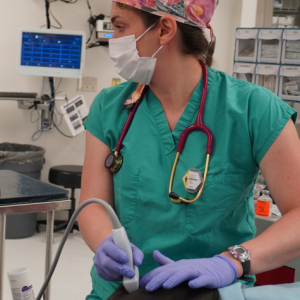Effect of anesthetic induction on intraocular pressure in cats
The aim of this study was to compare the effect of propofol, alfaxalone and ketamine on intraocular pressure (IOP) in cats.
In this prospective, masked, randomized clinical trial, a total of 43 ophthalmologically normal cats scheduled to undergo general anesthesia for various procedures were enrolled in the study. Following baseline IOP measurements using applanation tonometry, anesthesia was induced with propofol (n = 15), alfaxalone (n = 14) or ketamine (n = 14) administered intravenously to effect.
Then, midazolam (0.3 mg kg-1) was administered intravenously and endotracheal intubation was performed without application of topical anesthesia. The research team measured IOP following each intervention. Data was analyzed using one-way ANOVA and repeated-measures mixed design with post hoc analysis. A p-value <0.05 was considered significant.
Results showed that mean ± sd IOP at baseline was not different among.
Following induction of anesthesia, IOP increased significantly compared with baseline in the propofol, but not in the alfaxalone or ketamine groups. Midazolam administration resulted in significant decrease from the previous measurement in the alfaxalone group, but not in the propofol group or the ketamine group. A further decrease was measured after intubation in the alfaxalone group.
The authors concluded that propofol should be used with caution in cats predisposed to perforation or glaucoma, as any increase in IOP should be avoided.
Yael Shilo-Benjamini, et al. “Effect of anesthetic induction with propofol, alfaxalone or ketamine on intraocular pressure in cats: a randomized masked clinical investigation.” Veterinary Anaesthesia and Analgesia. 2022 Nov 19; S1467-2987(22)00204-5. doi: 10.1016/j.vaa.2022.11.005.













List
Add
Please enter a comment